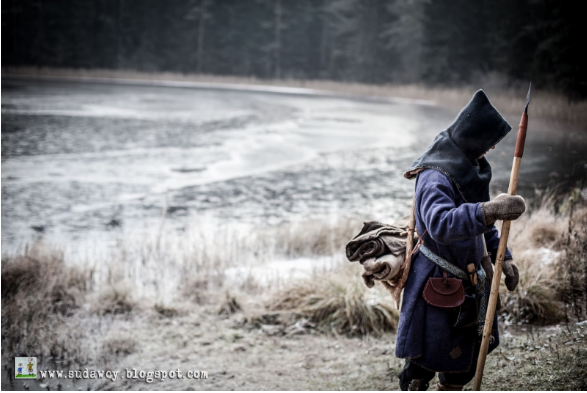Yatvings – Polish Vikings... and more history printed in 3D
The object you are holding in your hands is a reconstruction dating from the early Middle Ages. How is this possible? The answer is very simple, though not at all obvious. Thanks to advanced technology, the spearhead and arrowhead were 3D scanned and then digitally processed so that they could be printed by 3D printing technology. The process of reconstructing these objects was completed by applying paint and texture.
The Archaeology Department of the Podlaskie Museum in Bialystok has over 25,000 artefacts from various eras and periods. Among the museum's exhibits, one can also find pieces of armour that belonged to the Yatvings, known, not without reason, as the Polish Vikings. While everyone knows that the territory of present-day Poland was settled by various Slavic groups, not everyone knows that it was also inhabited by Prussian, Baltic or, of undetermined origin, Yatving people. One historical theory is that they may have descended from the Viking Varangians. However, the Yatvings had already abandoned their boats and, with spears and bows in their hands, rushed nimbly on their horses to war in various corners of Europe.
Their capital was Szurpiły in the Yatving or present-day Suwałki region, whose charm – numerous lakes, hills and forests – may remind modern travellers of Scotland with its magical mists or Tolkien's Shire from The Lord of the Rings.

However, in order for historical artefacts, such as the spearheads left behind by the Yatvings, to become a three-dimensional model, they first need to be scanned.
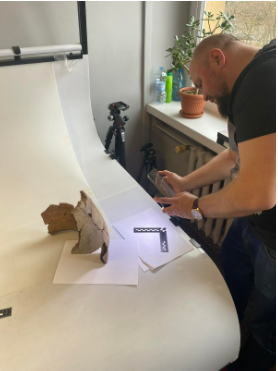
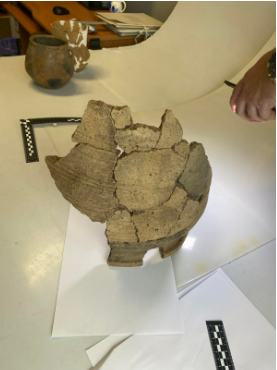
Why do we do this? 3D scanning can be a lifesaver for monuments and museum artefacts, which instead of gathering dust in museum cellars, can end up in every Polish school in the form of faithful replicas and reconstructions printed in 3D.
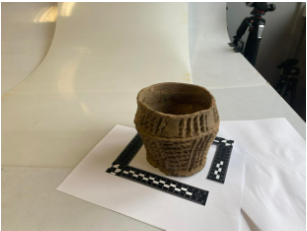
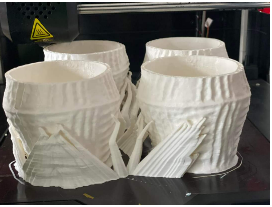
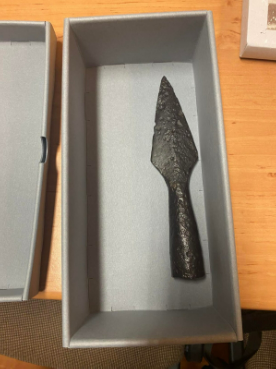
How is this possible? As part of the government’s largest education and technology programme, Future Labs, introduced by the Ministry of Education and Science and GovTech Centre, every primary school in Poland purchased, among other things, its own 3D printer. Thanks to this unique – not only nationally, but also internationally – investment in education, primary schools and general schools of the arts have been equipped with state-of-the-art equipment worth 1 billion 200 million PLN to develop the competences of the future among children and youth in Poland, to support their passions and talents, and enable them to learn about the world and their own history with the help of modern technology. Every child can now scan and then print the history of their region in 3D.
If you would like to know more about how we are creating the School of the Future, take a look today at our website: www.gov.pl/govtech-en
Or our Facebook profile: facebook.com/CentrumGovTech
Scaning and classes with history printed in 3D made by Lukasz Gierek.

